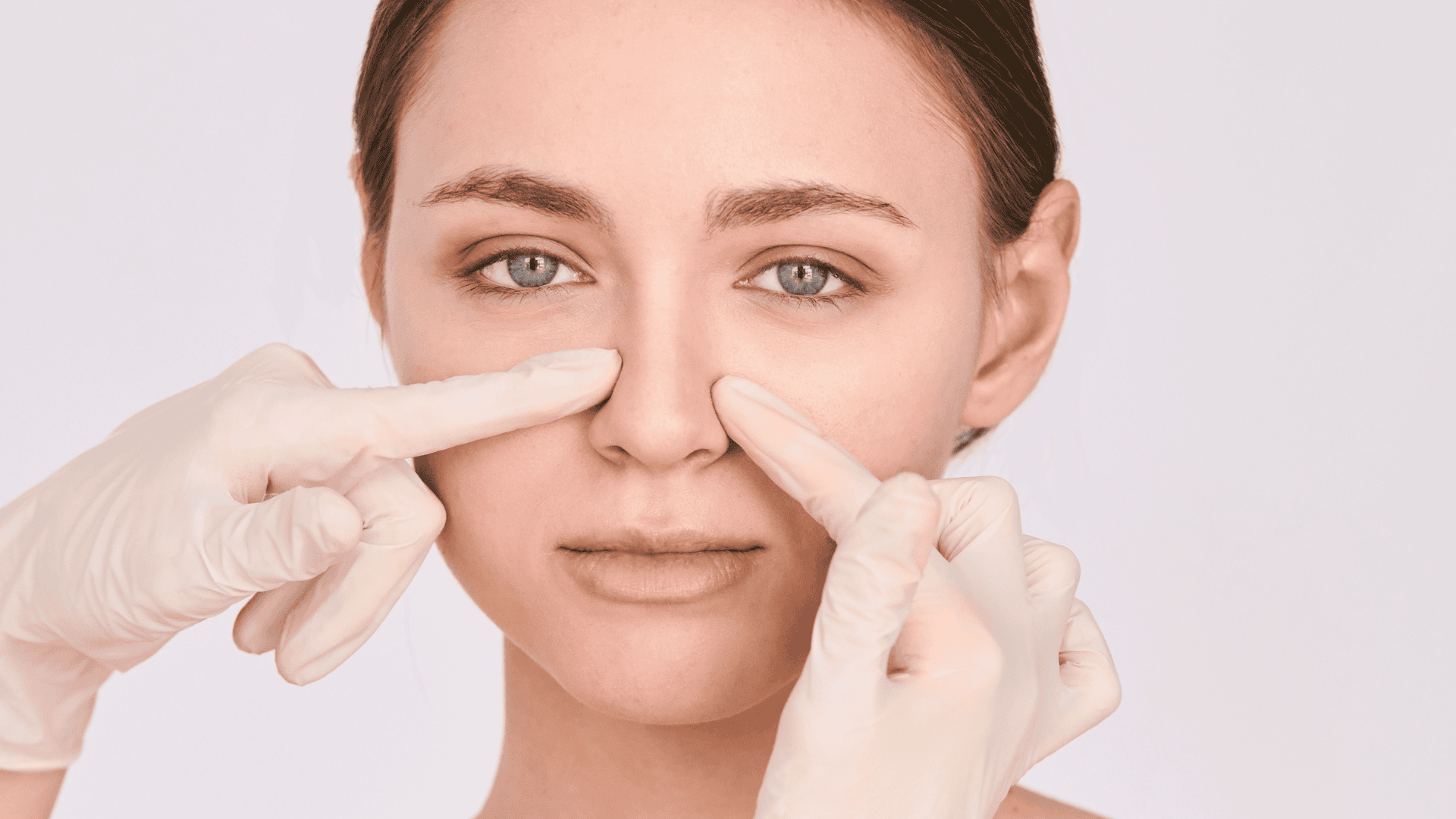
Turbinoplasty (Turbinate Reduction)
Turbinoplasty, also referred to as turbinate reduction, is a surgical procedure designed to reduce the size or reshape the turbinates in the nose, enhancing airflow and improving breathing. The turbinates are structures inside the nasal passages that help to regulate, warm, and humidify the air we breathe. When these structures become enlarged—often due to chronic allergies, ongoing inflammation, or anatomical factors—they can restrict the nasal passages and lead to persistent breathing difficulties, nasal congestion, and even sleep disturbances.
In a turbinoplasty procedure, the surgeon reduces or reshapes the turbinates to open up the nasal passages and allow for better airflow. This can be achieved in several ways, including removing excess tissue or, in some cases, using radiofrequency energy to reduce turbinate size. Another method involves gently repositioning the turbinates rather than removing tissue, preserving function while improving space in the nasal cavity. To ensure precision and minimal invasiveness, endoscopic tools are frequently used, allowing for a targeted approach with reduced trauma to surrounding tissues.
The benefits of turbinoplasty are substantial for individuals struggling with chronic nasal obstruction. Many patients report a marked improvement in their ability to breathe freely, reduced congestion, and an overall enhancement in breathing quality, both day and night. For those who experience sleep apnea or snoring exacerbated by nasal blockages, turbinoplasty can also contribute to better sleep quality and improved energy levels.
Recovery from turbinoplasty is generally straightforward. Most patients can resume normal daily activities within a few days, although some temporary nasal discomfort and congestion may be expected as the nasal tissues heal.
Consulting with an ENT specialist or qualified surgeon is essential to determine if turbinoplasty is suitable. The appropriate technique will depend on the patient’s individual nasal anatomy, the severity of symptoms, and overall health, ensuring an optimal approach for effective and lasting relief from nasal obstruction.
Why choose Turbinoplasty (Turbinate Reduction)?
Turbinoplasty, also known as turbinate reduction surgery, is a medical procedure designed to relieve chronic nasal congestion and improve breathing by reducing the size of the turbinates—structures inside the nose that filter and humidify the air we breathe. Enlarged turbinates can cause difficulty breathing, leading to issues like snoring, frequent sinus infections, or sleep apnea. Many people choose turbinoplasty when non-surgical treatments, such as nasal sprays or antihistamines, fail to provide relief. It is especially beneficial for individuals with chronic nasal obstruction, often caused by allergies, environmental irritants, or anatomical abnormalities. The procedure can significantly improve quality of life by allowing patients to breathe more easily, sleep better, and experience fewer sinus-related issues. Unlike temporary treatments, a turbinoplasty offers a long-term solution to nasal congestion by addressing the root cause of the obstruction. This makes it an ideal option for individuals who want to improve their breathing permanently and reduce dependence on medications.
How is Turbinoplasty (Turbinate Reduction) performed?
Turbinoplasty is usually performed under local or general anesthesia, depending on the patient’s preferences and the extent of the surgery. During the procedure, the surgeon uses specialized instruments to reduce the size of the turbinates while preserving their essential function of filtering and humidifying the air. This can be done through various techniques, such as radiofrequency ablation, where heat is used to shrink the tissue, or partial removal of the turbinate tissue. The surgeon accesses the turbinates through the nostrils, so there are no external incisions, which means there is no visible scarring. The goal is to reduce the size of the turbinates enough to allow for better airflow without impairing their role in air filtration. The procedure typically takes between 30 minutes to an hour, and many patients can go home the same day. After the surgery, patients may experience mild discomfort, nasal congestion, or a sensation of stuffiness, which usually resolves within a week or two. Full recovery takes a few weeks, during which time patients will notice significant improvements in their ability to breathe through their nose.
What are the benefits of Turbinoplasty (Turbinate Reduction)?
The primary benefit of turbinoplasty is the long-term relief from chronic nasal congestion and improved airflow through the nose. For people who have struggled with constant nasal obstruction due to enlarged turbinates, this procedure offers a permanent solution, greatly improving their ability to breathe. Many patients report better sleep, reduced snoring, and a decrease in sinus infections and headaches following the surgery. Another significant benefit is that turbinoplasty is minimally invasive, with no external scars and relatively quick recovery time. Most patients experience only mild discomfort, and the results are typically long-lasting. Unlike medications or nasal sprays, which only provide temporary relief, turbinoplasty addresses the underlying issue by reducing the size of the turbinates, eliminating the need for ongoing treatments. Additionally, the procedure helps reduce dependence on medications such as decongestants or antihistamines, which can have side effects if used long-term. Overall, turbinoplasty improves not only nasal breathing but also overall quality of life, allowing patients to enjoy daily activities, exercise, and sleep without the constant discomfort of nasal obstruction.

